strmrdr
Super_Ideal_Rock
- Joined
- Nov 1, 2003
- Messages
- 23,295
todays lessons in asscher virtual facets.
The virtual facets under the crown facets are small and generate small to med scint events.
The virtual facets under the table are huge and generate huge scint events.
Asschers don not work like rounds which have a much narrower range of virtual facet sizes.
If you study scint using rounds and princess cuts the asscher is going to destroy a lot of preconceived notions :}
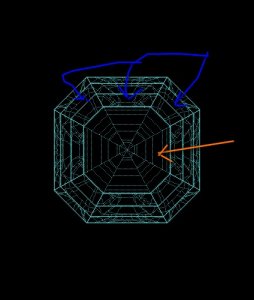
The virtual facets under the crown facets are small and generate small to med scint events.
The virtual facets under the table are huge and generate huge scint events.
Asschers don not work like rounds which have a much narrower range of virtual facet sizes.
If you study scint using rounds and princess cuts the asscher is going to destroy a lot of preconceived notions :}




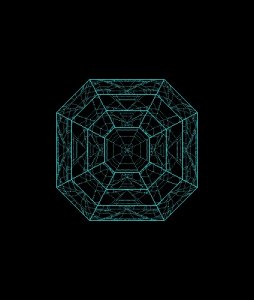
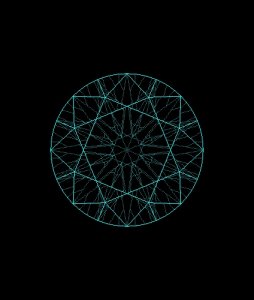
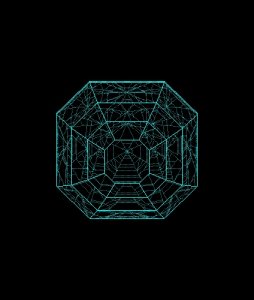
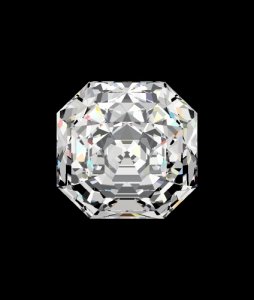



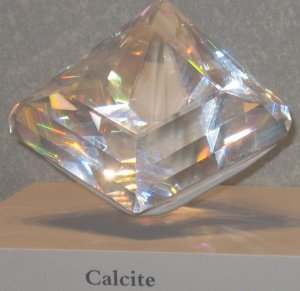






300x240.png)